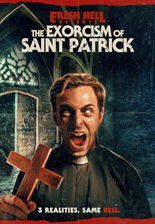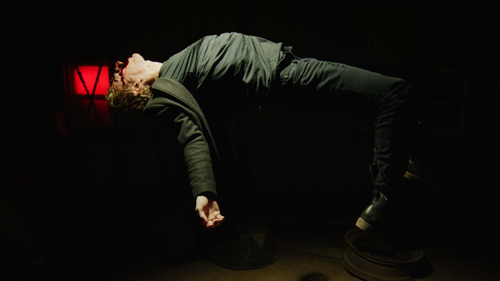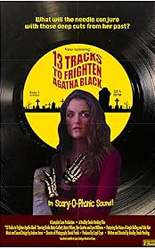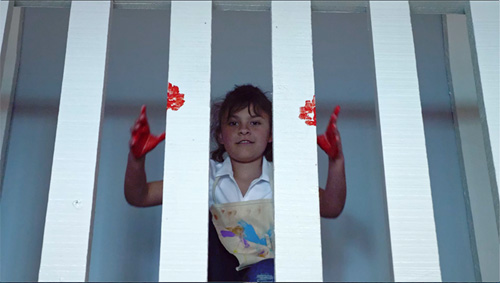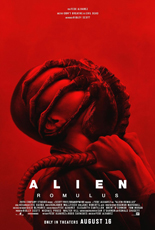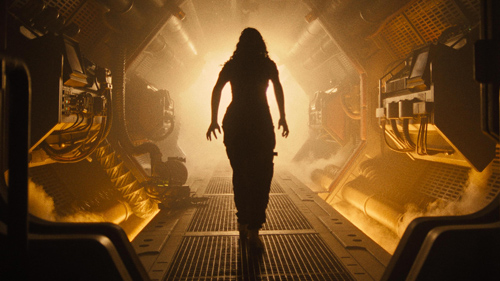
Several films and TV shows from the 1980s depicted punks as no-good scofflaws terrorizing God-fearing communities. From CHiPs to Police Academy 2 to Death Wish 3, these punks aren’t just misfits jaded at society — they are hardened criminals who will readily hold a switchblade to a helpless granny’s throat and rob her blind. However, venerable trash purveyors Troma may have taken evil punks to the most extreme end of the spectrum by casting them as surfing neo-Nazis in the 1987 exploitation classic Surf Nazis Must Die.
“Sometime in the future,” a massive earthquake ravages the California coast, leaving it vulnerable to roving gangs of surfers, including the Surf Nazis (they’re actually called this in the movie). Sources such as Wikipedia, IMDb and Letterboxd focus, by way of plot, on Eleanor “Mama” Washington (Gail Neely), a Black woman whose son is killed by the Surf Nazis in a hate crime; she breaks out of her retirement home to exact revenge.

While this is certainly the most concrete plot element the film has to offer, the bulk of Surf Nazis Must Die belongs to the punks themselves. We watch in a kind of voyeuristic way how they live — which entails roasting tiny pigs on the beach and lots of slow-mo surfing montages set to a pulsing synth score, not to mention the hate killings and general mockery of law and order. We even see that one of them, Smeg (Tom Shell), actually lives with his mom in the suburbs. In fact, that’s all these Nazis are, in the end: teenagers obsessed with the Third Reich.
Given all this attention devoted to the racist characters, one might assume the filmmakers — director Peter George and writer Jon Ayre — want us to sympathize with them and possibly even feel a little bad for them when, true to the film’s title, they get what’s coming to them. But no, in the end, they’re murderous scum Nazi punks, and we’re rooting for “Mama” to exact her vengeance. Those seeking a sober examination of neo-Nazism among California’s youth need look elsewhere. Surf Nazis Must Die embraces its exploitative nature completely, unashamed and uncaring if it offends.
And boy, does it offend. —Christopher Shultz


